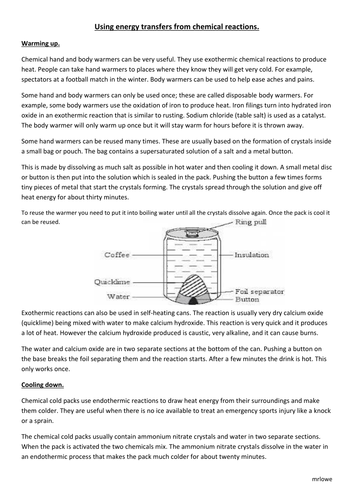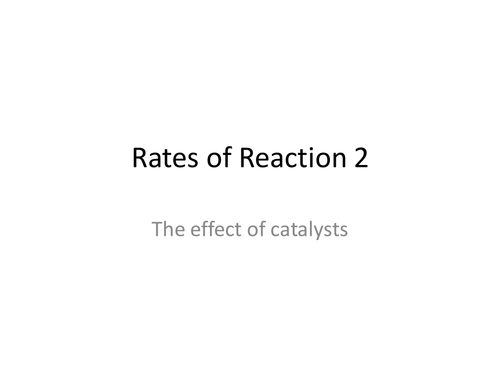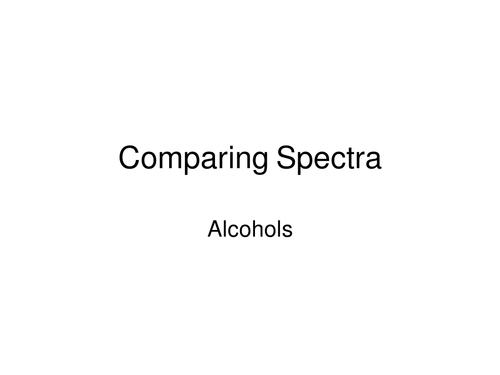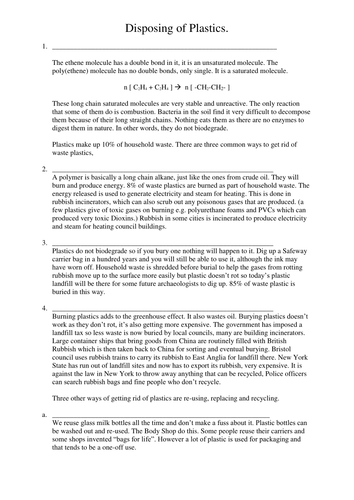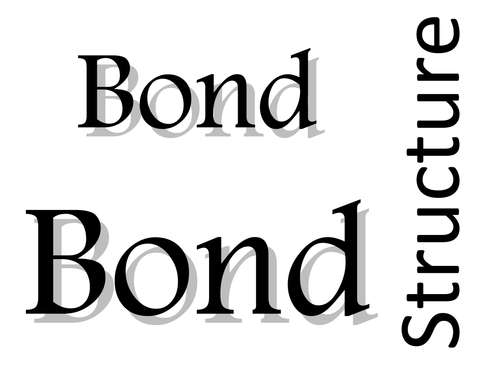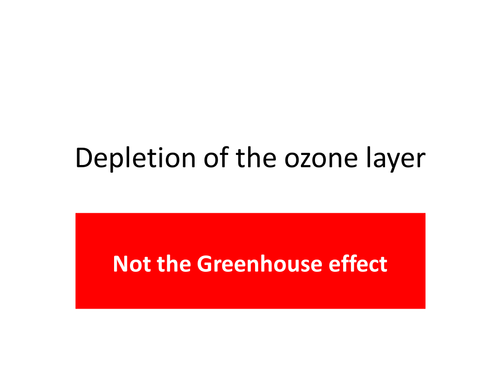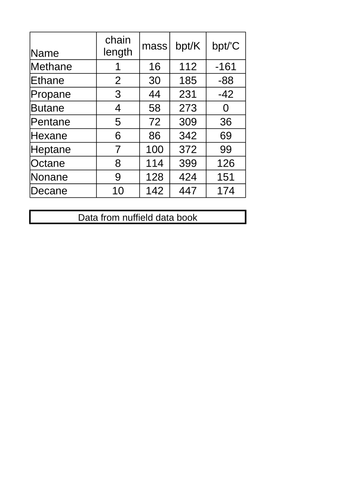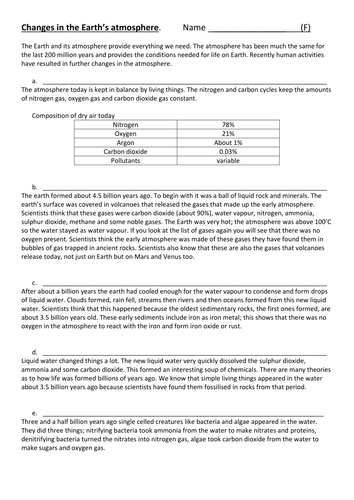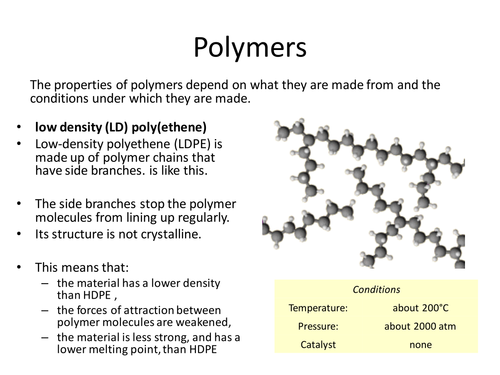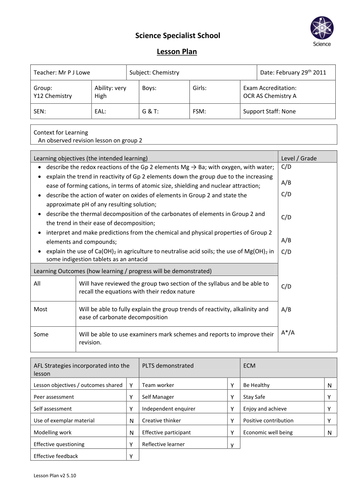mrlowe's shop
I post things that are finished and that work. I make resources when I can't find anything that works in the way which I want it to. If they don't work for you then let me know through the comments section and I'll try to put them right. If they do work and you like them then please comment too. Some things take a long time to make and to get right... so I charge a little for those.





